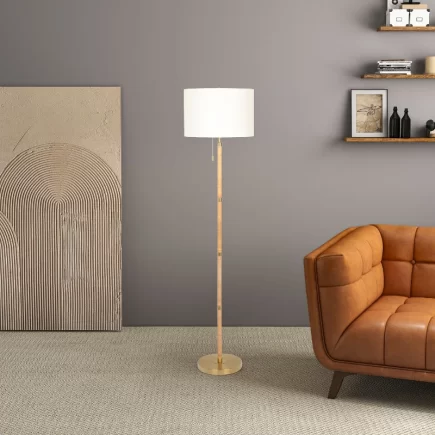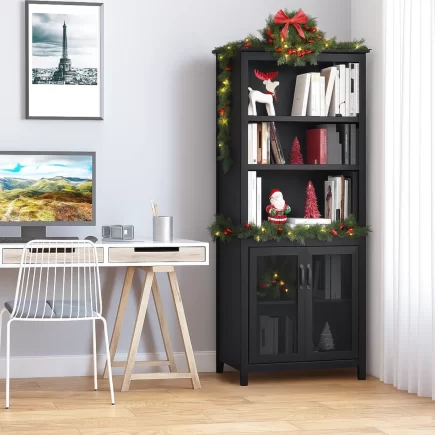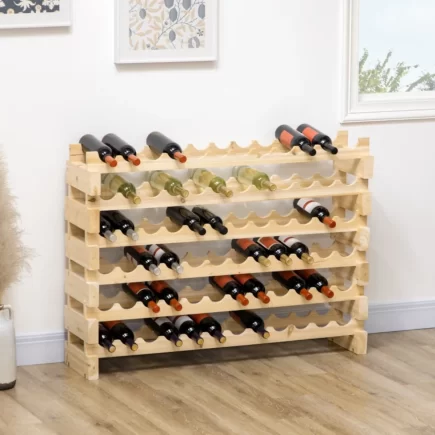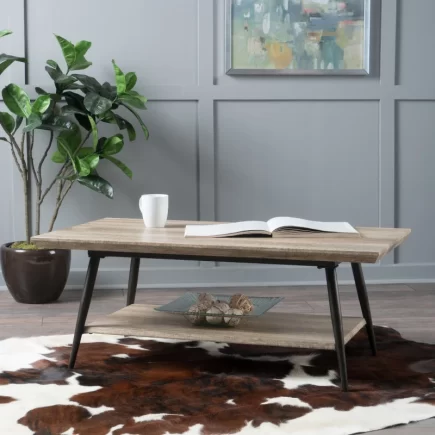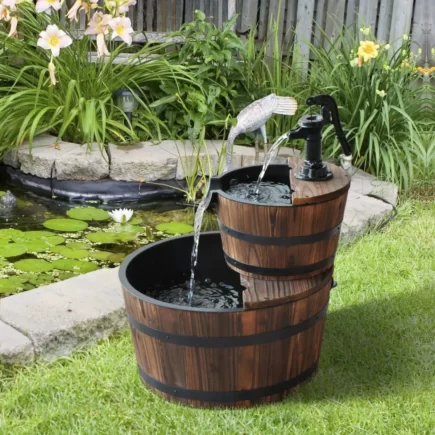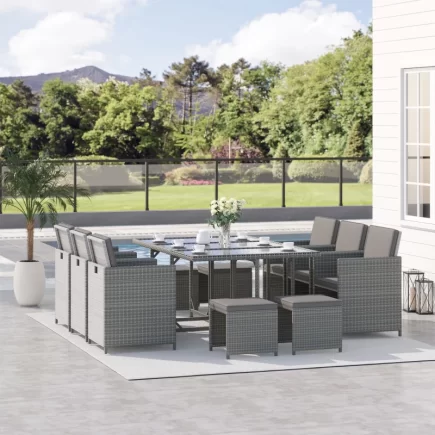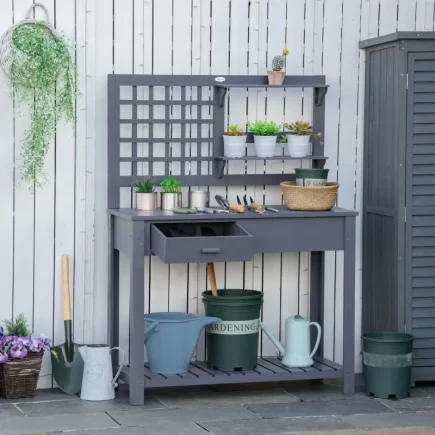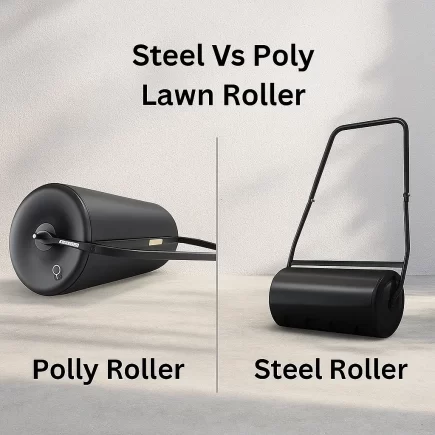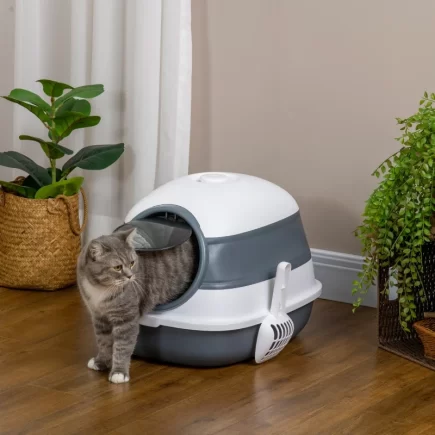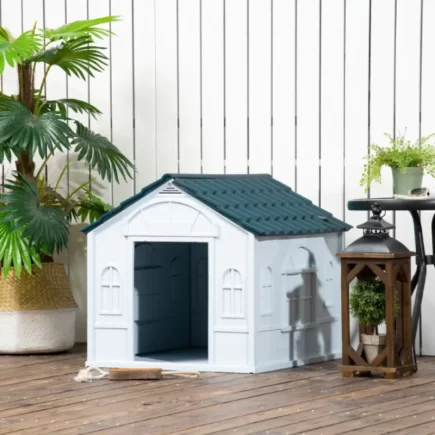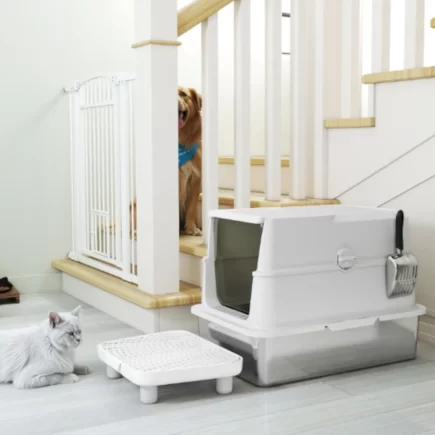Choosing the wrong umbrella size can lead to all kinds of headaches, it might not give you enough shade, could clash with your table or base, or even dominate your space in an awkward way. Even worse, an unstable setup can become a safety risk if the base isn’t properly matched. Getting the size right means better coverage, a cleaner look, and a safer outdoor setup. That’s why we offer a thoughtfully selected range of patio umbrellas built to solve these common issues with ease and style.

Measuring the Canopy (For Round, Square & Octagonal Shapes)

To measure your umbrella canopy:
- Open the Umbrella Fully: Lay it flat and extend all ribs.
- Measure from Tip to Tip: Use a measuring tape to measure the distance between the ends of the ribs.
- Multiply by Two: If you’re measuring from the center to one rib tip, multiply by two to get the full diameter.
Quick Tip: Square or rectangular umbrellas are measured across the longest side, not diagonally.
Frame & Pole Measurement: Diameter, Height & Stability

- Pole Diameter: Wrap a flexible tape measure around the pole, or use a caliper. Standard poles are 1.5″ to 2.5″.
- Pole Height: Measure from the base to the top of the canopy. Most are between 7 and 10 feet tall.
- Check Tapering: Measure near the base, where the pole is thickest, for accurate base fitting.

If you’re looking for a versatile and well-sized umbrella, the Outsunny 10ft Patio Market Umbrella with Crank & Tilt is a great choice. Its 10-foot canopy offers plenty of shade, and the sturdy aluminum pole fits most tables and umbrella bases with its 1.5-inch diameter. Plus, the built-in crank and tilt mechanism makes it super easy to adjust the shade as the day goes on, perfect for both dining and lounging in your backyard.
Patio Umbrella Types: How to Measure Each Type
Before measuring, it’s essential to know which type of patio umbrella you are working with. Each type requires a slightly different approach. Here’s a simple guide to measuring each type correctly:
Market Umbrellas

Classic round or octagonal umbrellas with a central pole, commonly used with tables.
How to Measure:
- Canopy Size: Measure from one tip of the rib to the opposite tip across the widest point of the open canopy.
- Pole Diameter: Measure the circumference of the pole near the base. It is usually between 1.5″ to 2.5″.
- Pole Height: Measure from the base of the pole to the top of the canopy.
- Base Fit: Make sure the umbrella base matches the pole diameter for proper stability.
Cantilever (Offset) Umbrellas

Umbrellas with a side-mounted pole and a rotating or adjustable arm.
How to Measure:
- Canopy Size: Measure the diameter or longest side of the open canopy.
- Arm Reach: Measure the horizontal length of the arm that holds the canopy.
- Height: Measure from the base to the top of the canopy arm.
- Base Footprint: Measure how much space the base takes up on the ground to ensure it fits in your available area.
Tilting Umbrellas

Umbrellas with a mechanism that allows the canopy to tilt with the sun’s movement.
How to Measure:
- Canopy Size: Measure the canopy the same way as a market umbrella (tip-to-tip).
- Tilt Height: Measure from the base to the top of the umbrella when it is in a tilted position. Ensure you have enough vertical space for tilting.
- Pole Diameter: Measure the thickness of the pole, especially near the base, to ensure it fits your table or base.
- Tilt Clearance: Check the area around the umbrella to ensure there’s enough space for the umbrella to tilt freely.
Wall-Mounted Umbrellas

Umbrellas that are installed directly on a wall, ideal for small spaces.
How to Measure:
- Canopy Extension: Measure the distance from the wall to the furthest edge of the open canopy.
- Open Width: Measure the full span of the canopy when it is open.
- Mounting Height: Measure from where the umbrella mounts on the wall to the top of the canopy.
- Clearance: Ensure there’s enough space around the umbrella for it to extend fully without hitting nearby objects.
Free-Standing Umbrellas

Umbrellas that do not need a table or fixture, usually placed in open spaces.
How to Measure:
- Canopy Size: Measure from one tip of the canopy to the other (tip-to-tip).
- Pole Diameter & Height: Measure the diameter of the pole and the height from the base to the top of the canopy to make sure it fits your space.
- Base Requirements: Measure the base dimensions to ensure it’s heavy enough to keep the umbrella stable.
Measuring Tilt and Clearance in Confined Areas

- Measure vertical space from floor to ceiling/overhang.
- Allow clearance for tilt mechanisms—especially under pergolas.
- Ensure enough clearance from walls, furniture, and railings.
Canopy Size Recommendations Based on Table Sizes
| Table Size | Umbrella Diameter |
| 30-36 in | 6-8 ft |
| 38-48 in | 9-11 ft |
| 54-60 in | 11+ ft |
Tip: Choose an umbrella 2 feet wider than your table on all sides.
Umbrella Size Guide: Matching Table Size to Umbrella Diameter
Here’s a quick reference for pairing tables and umbrellas:
| Seating Capacity | Recommended Umbrella Diameter |
| 2-4 people | 6-8 ft |
| 4-6 people | 9-10 ft |
| 6-8 people | 11-13 ft |
| 10+ people | 13+ ft |
Matching the Umbrella to the Layout
- Deck: Go for freestanding umbrellas with adjustable tilt.
- Poolside: Cantilever umbrellas like the Outsunny Patio Umbrella 15′ Steel Rectangular Outdoor Double Sided offer 360-degree coverage.
- Balcony: Use compact, wall-mounted, or small-tilt umbrellas.

Umbrella Base Sizing: Why It’s Crucial for Safety
| Umbrella Size | Minimum Base Weight |
| 6-8 ft | 20-40 lbs |
| 9-11 ft | 50-70 lbs |
| 11+ ft | 100+ lbs |
Tip: For cantilever umbrellas, use weighted base plates or in-ground anchors.you can also check Outsunny 3-in-1 Outdoor Umbrella Base, Coffee End Table

Accessory Matching Tips
- Vented Canopies: Ideal for windy or exposed locations, vented canopies allow air to flow through, reducing the risk of toppling or damage. The vents act as a pressure release to help stabilize the umbrella in gusty conditions.
- Aluminum Frames: A great choice for residential setups, aluminum is lightweight, durable, and rust-resistant, making it perfect for most backyard umbrellas.
- Fiberglass and Steel Frames: These materials offer superior strength and resilience, making them better suited for commercial spaces or high-wind areas. However, they tend to be heavier and more expensive.

With these measurements in hand, you’re ready to shop confidently and find a stylish, functional patio umbrella that’s made to fit, just like the weather-ready umbrellas at Aosom.
FAQS
1.Why does the diameter of the umbrella pole matter?
The diameter of the umbrella pole is important for ensuring a secure fit with the base or table. Most standard poles range between 1.5 to 2.5 inches, and you must match the pole’s diameter with the size of the base to ensure the umbrella remains stable and doesn’t risk tipping over during use.
2.What pole height should I look for when selecting a patio umbrella?
Pole height typically ranges from 7 to 10 feet. For standard tables, an 8-9 foot pole is often ideal. This height provides enough clearance for seated guests without interfering with the umbrella’s stability or the space around it. Ensure the pole height fits comfortably within the height of your outdoor area to avoid any obstructions.
3.What factors should I consider when measuring a cantilever umbrella?
Cantilever umbrellas are designed with a side-mounted pole and adjustable arm. Measure the canopy’s longest side and the reach of the arm to ensure the umbrella provides enough coverage. The height measurement is equally important—make sure the arm extends high enough for comfortable clearance, and check that the umbrella’s base is large enough to maintain stability.
4.How does tilting impact the measurement of a patio umbrella?
If your umbrella features a tilting mechanism, measure both the umbrella’s canopy size and the height when the umbrella is tilted. This ensures the tilt feature will function without interference. Additionally, make sure there’s sufficient vertical space above the umbrella to accommodate the tilt without causing any obstructions.

